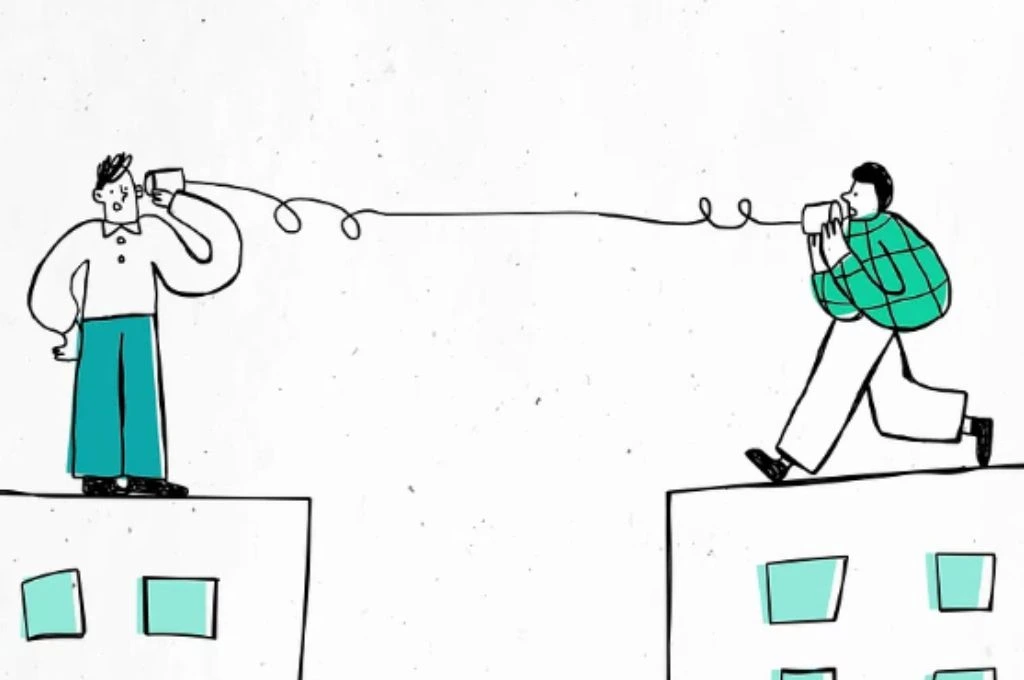Nonprofits have long been a part of India’s development journey. More recently, during the COVID-19 lockdown, we saw this play out in real-time when nonprofits across the country helped millions of Indians cope with the humanitarian and financial crises that ensued. Despite this backdrop, the current political environment could not be more adverse for nonprofits operating in India. With a single stroke, the recently passed Foreign Contribution Regulation Act (FCRA) 2020 has clipped the wings of thousands of mid-sized and small nonprofits, most of whom work on local and hyperlocal issues.
Over the years, the law has become more stringent, adversely impacting the work of nonprofits.
The FCRA was introduced in 1976 to track and regulate foreign money coming into the country via nonprofits. Over the years, the law has become more stringent, adversely impacting the work of nonprofits, instead of creating an enabling environment for strengthening them.
With COVID-19, it’s clear that we need nonprofits to be stronger than ever at this point. But the question remains: Can nonprofits continue to address the multiple challenges that arise out of the pandemic?
Related article: IDR Explains | FCRA
FCRA implications, from a donor perspective
According to a report by Centre for Social Impact and Philanthropy, Ashoka University, the Ministry of Home Affairs (MHA) reported that foreign contributions increased from INR 10,282 crore in 2009-10 to INR 16,343 crore in 2018-19. The money coming in has been substantial in helping Indian nonprofits address the country’s challenges.
Nonprofits, particularly those that work at the grassroots, have their ears to the ground, and tackle issues that the government or the private sector cannot tackle alone. Until now, most of these nonprofits received funds through sub-granting—collaborating with bigger nonprofits who disburse foreign funds they receive. During the course of our work at the Charities Aid Foundation (CAF) India, we’ve seen how this process has resulted in better management and coordination of projects, transparency, and accountability. The arrangement of some agencies focussing on grassroots work and others on fundraising and donor relations also brought efficiency in costs and management processes.
The new FCRA Act 2020 restricts sub-granting (among the various other clauses that will make it difficult for nonprofits to operate). Here are three key implications of the act, with regard to donations:
An enabling environment around foreign funding has so far helped citizens of other countries (especially from the Indian diaspora) donate to causes close to their hearts. Not only does this bring in more money into the social sector, but also creates a pathway for knowledge, technological know-how, and skills to flow into the sector.
With the new FCRA law, international donors will be discouraged from donating to India.
With the new FCRA law, international donors (members of diaspora, international nonprofits, and foundations) will be discouraged from donating to India as the cost of fund disbursals will go up. People who might have earlier donated to one nonprofit, which further sub-granted to another ten nonprofits, will now have to disburse grants to these various nonprofits individually. Investments in due diligence, and costs of transfers and management will go up as each recipient will have to be validated and managed internationally.
Multinational corporations (MNCs) also typically donate via the FCRA route for their CSR projects through sub-granting. The FCRA Act 2020 will disturb ongoing development work in India that is supported by these companies.
Interestingly, while international citizens will find it difficult to donate to India, the Indian government has been providing assistance to developing countries through the Development Partnership Administration, under the Economics wing of the Ministry of External Affairs (MEA). From 2008-2020, India has disbursed INR 61,067.58 crore. So, while India can donate freely to other developing countries, the government is making laws stringent for international donors who want to contribute to India’s development agenda.

The new act is counter-productive to efforts of reducing foreign influence in India’s domestic issues. | Picture courtesy: Euro Exchange Rate News
According to the government, the FCRA amendments will ‘stop misuse of foreign funds by some people’ and are required for an Atmanirbhar Bharat. However, in reality, the new act is counter-productive to efforts of reducing foreign influence in India’s domestic issues.
Before the current FCRA storm, international nonprofits (INGOs) sent money to their Indian offices, which functioned fairly independently. They took key decisions and sub-granted the funds to other nonprofits, based on their understanding of local needs and issues. Now, with sub-granting being disallowed, INGOs will have to directly send funds to the implementing organisation (and not their own Indian office)—a far more complicated process, and one step further removed from the situation on the ground.
The Indian counterparts of INGOs will be left undermined and powerless, and key decisions about where the funds will go, will be taken by the overseas offices, who may not have an adequate understanding about the ground realities in India. This can have various implications. For example, the money from the INGOs may not reach the right beneficiaries. Or, operating from a different country, INGOs may not be able to conduct thorough due diligence on grantees before disbursing grants, which could lead to misallocation and misuse of funds.
The FCRA has been amended over the years and these amendments were strong enough to address fraud, misappropriation of funds, and other concerns. If the government ensured thorough implementation of previous versions of the FCRA, it would have been enough to curb potential misuse of funds.
Related article: How do you solve for FCRA 2020?
Another pertinent question is whether India can be self-reliant when it comes to sustaining nonprofits through domestic funding alone.
According to CAF’s recent 10 year World Giving Index released in 2019, India ranks 82nd out of 128 countries. The report analysed global giving trends of the past ten years, with the United States of America and Myanmar topping the list. According to CAF’s India Giving Report 2020 1 the most popular causes Indians supported are helping the poor (54 percent), supporting religious organisations (51 percent), and supporting children (49 percent).
Our laws for domestic giving do not provide much incentive to individuals, who want to support social causes.
About 90 percent of giving in India is informal, according to a report by Sattva. Formal and strategic giving is yet to grow in India, especially when it comes to individual giving. There are a growing number of organisations such as GiveIndia, United Way, Samhita, and others, that work towards promoting individual and institutional giving in the country. But our laws for domestic giving do not provide much incentive to individuals, who want to support social causes.
For example, Section 35 AC of the Income Tax Act was revoked in 2017. This section offered a 100 percent tax exemption to individuals who made donations to nonprofits that complied with the section’s stipulations. Currently individual donations get a tax exemption of only 50 percent under section 80G of the Income Tax Act. If the government were to restore section 35 AC, it could encourage a higher flow of domestic funding to the development sector.
The FCRA needs to be relooked
By combining donations from CSR, Indian funders, and international donors, nonprofits had managed to address gaps in funding till now. With changes to the FCRA Act, funding through many of these routes will now be cut off.
Since independence, nonprofits have shouldered the responsibilities of nation-building. Now, when the government needs the sector to be strong and robust, an ill-thought out law must not act as an impediment.
- The India Giving Report 2020 analysed both formal and informal giving trends from August 2018-August 2019. The report interviewed 2,000 people from urban areas in 27 states and two union territories (Delhi and Chandigarh). People answered questions aimed at understanding how often they donate, who do they donate to, and what modes of donation are.
Disclaimer: The author’s views are her own.
—
Know more
- Read the latest news and updates about the amendments to the FCRA 2020.
- Explore this explainer on the FCRA, and how the latest amendments affect India’s development sector.
- Learn more about how local offices of INGOs and international donor organisations will have to revisit their operating models because of the amendments.



